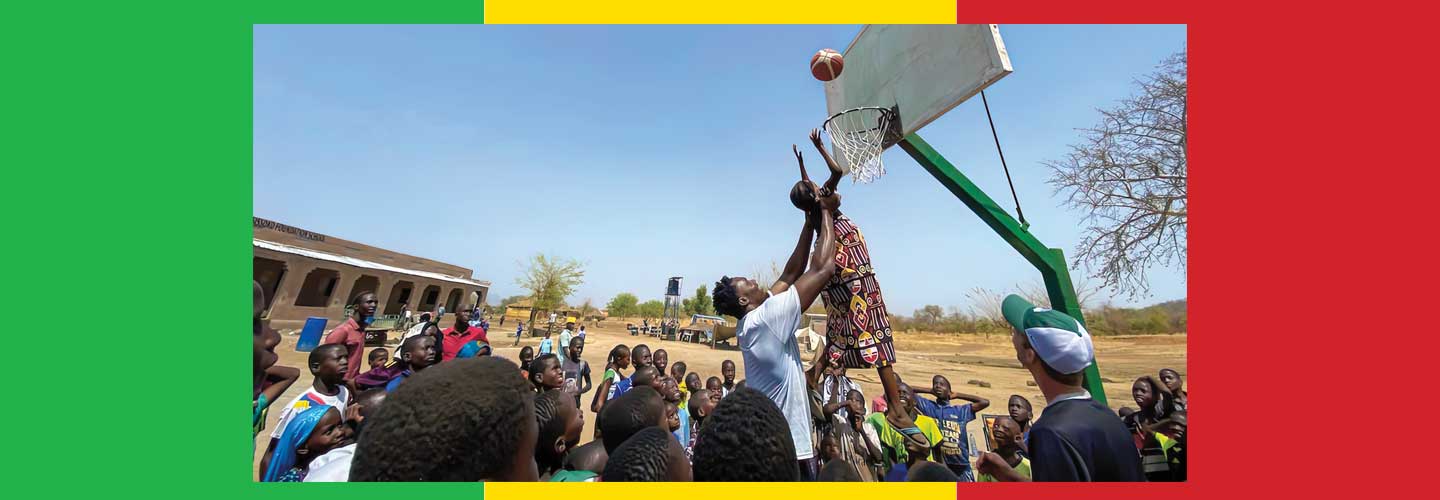In Mali, many children are not able to attend school (see “Mali’s Education Crisis,” below). One reason is that the nearest classroom is often hours away.
Sissoko knows that firsthand. Plenty of his childhood friends did not go to school simply because Tangafoya didn’t have one. But though Sissoko’s parents never had the chance to get an education themselves, they were determined that their son would get one. And so every morning, Sissoko left his house by 6:30 a.m. to walk 90 minutes to class. Sometimes the temperature would top 100 degrees Fahrenheit. He would not get home from school until nearly 6 p.m.
Thinking about the future helped him stay motivated, even on hard mornings, Sissoko says. “You wake up in the morning and you can just think, ‘Nah, I’m not going today,’ ’’ he recalls. “You definitely have to have a vision that no matter what, I’m going to do this.’’
When not in school, Sissoko—the youngest of 10 children—had to weed and plow his family’s cornfields. Tangafoya is a farming village whose 900 residents grow all the food they eat: corn, beans, peanuts, rice, and millet. Sissoko, too, expected to become a farmer.

